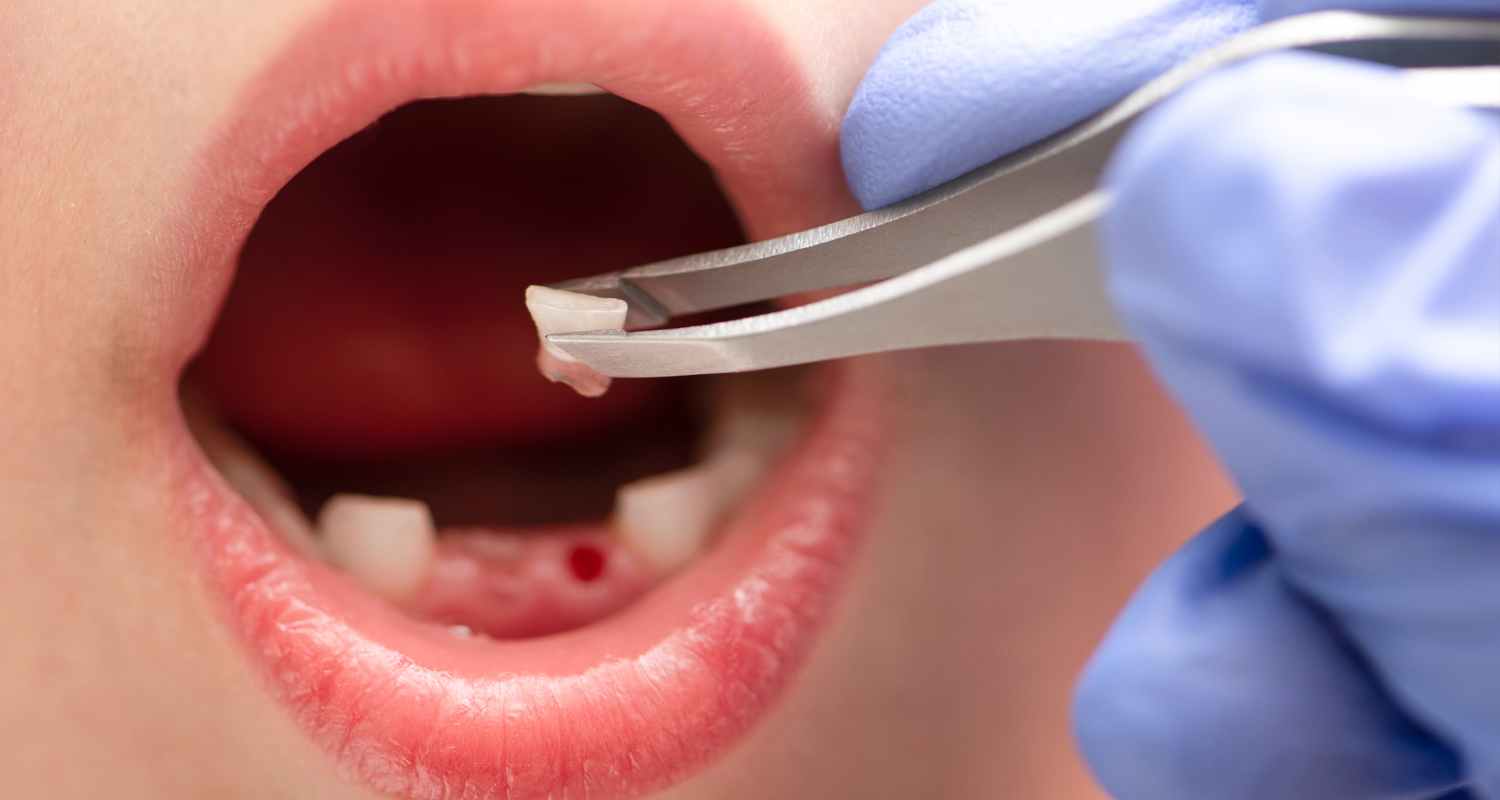Accidents happen, and sometimes those accidents involve a tooth taking an unexpected leave of absence from your mouth. Whether it’s a sports injury, a fall, or a rogue elbow, knowing what to do when a tooth gets knocked out can make all the difference in saving it. This step-by-step guide will equip you with the knowledge and confidence to handle this dental emergency effectively.
The Golden Hour: Why Acting Fast Matters
When a tooth is knocked out, time is of the essence. The sooner you act, the greater the chances of saving the tooth and having it successfully re-implanted by a dentist. The first 30 minutes to an hour are crucial. Here’s why:
- Preserving the Root: The root of the tooth is covered in delicate cells and ligaments that are essential for reattachment. The longer the tooth is outside the mouth, the more these cells dry out and become damaged.
- Minimizing Infection: The open socket is vulnerable to bacteria, and delaying treatment increases the risk of infection.
Step-by-Step Guide: From Panic to Preservation
1. Stay Calm and Assess the Situation:
Take a deep breath. Panicking won’t help. Assess the situation and determine if there are any other urgent medical needs. If the individual is unconscious or bleeding heavily, seek emergency medical assistance immediately.
2. Find the Tooth:
Locate the knocked-out tooth as quickly as possible. Handle it with care!
- Pick it up by the crown: Avoid touching the root, the pointy end that was embedded in the gum.
- Rinse gently if necessary: If the tooth is dirty, rinse it gently with milk or saline solution. Avoid using water or scrubbing the tooth.
3. Try to Reinsert the Tooth:
If possible, gently reinsert the tooth back into its socket. Make sure it’s facing the right way. Bite down gently on a clean cloth or gauze to help hold it in place.
4. Keep the Tooth Moist:
If you can’t reinsert the tooth, it’s crucial to keep it moist to preserve the cells on the root surface. Here are the best options:
- Milk: Milk is the ideal storage medium as it has a similar pH and osmolarity to saliva.
- Saline Solution: If milk isn’t available, use a sterile saline solution.
- Inside the Cheek: As a last resort, an adult or older child can hold the tooth inside their cheek.
5. Control Bleeding:
Apply gentle pressure to the socket with a clean cloth or gauze to control bleeding.
6. Seek Immediate Dental Attention:
Call your dentist or an emergency dental clinic immediately. Explain the situation and let them know you’re on your way. The sooner you get professional help, the better the chances of saving the tooth.
What to Expect at the Dentist:
- Examination: The dentist will examine the tooth and the socket to assess the damage.
- Re-implantation: If possible, the dentist will re-implant the tooth and stabilize it with a splint.
- Follow-up Care: You’ll likely need follow-up appointments to monitor healing and ensure the tooth remains stable.
- Root Canal Treatment: In some cases, a root canal might be necessary later to remove any damaged or infected tissue inside the tooth.
Preventing Knocked-Out Teeth:
- Mouthguards for Sports: Wear a mouthguard when participating in contact sports or activities that pose a risk of facial injury.
- Seatbelts and Safety Measures: Always wear a seatbelt in a vehicle and take necessary safety precautions to prevent falls and accidents.
- Protective Gear: Wear appropriate protective gear, such as helmets, when engaging in activities that could lead to head injuries.
Key Takeaways:
- Act quickly: The first hour is critical for saving a knocked-out tooth.
- Handle the tooth with care: Avoid touching the root.
- Keep the tooth moist: Store it in milk, saline solution, or inside the cheek.
- Seek immediate dental attention: Call your dentist or an emergency dental clinic right away.
By following these steps and seeking prompt professional care, you significantly increase the chances of saving a knocked-out tooth and maintaining a healthy, complete smile.
If you have any questions or concerns, please contact us. Or if you’d like to visit our dental clinic, please find us on Google Maps.


